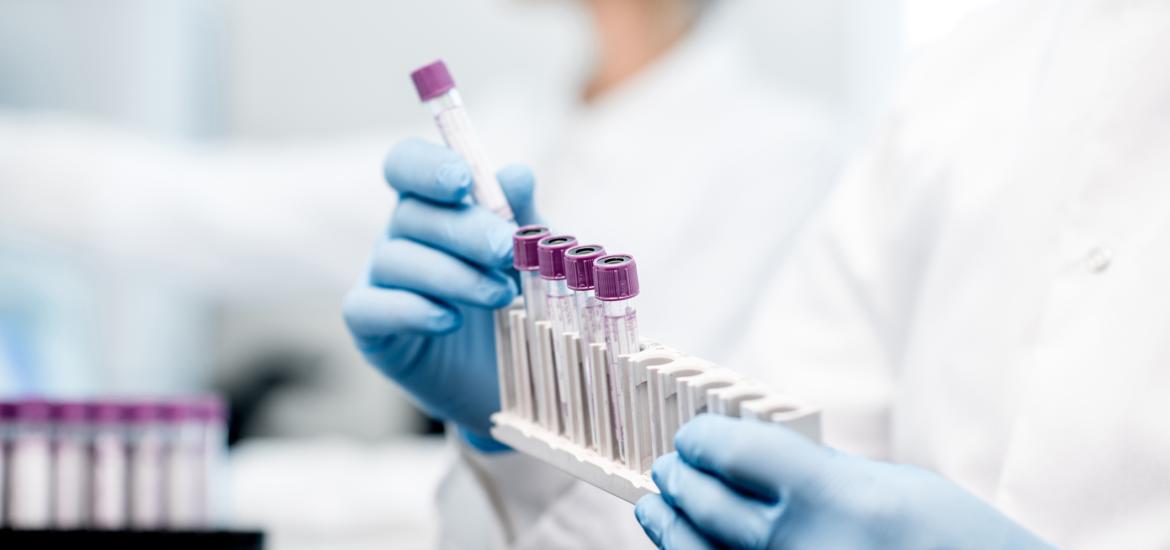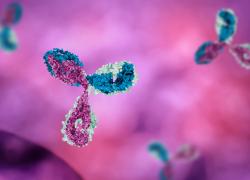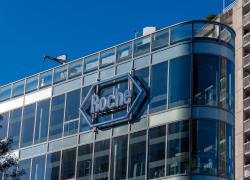
Triple meeting 2025 – Halda’s proximity play in prostate
Early data with the RIPTAC HLD-0915 look competitive.
Early data with the RIPTAC HLD-0915 look competitive.

Halda Therapeutics has unveiled the first clinical data for its novel RIPTAC platform, with its lead asset, HLD-0915, showing activity in metastatic castration-resistant prostate cancer that looks on par with other emerging agents in the field.
Halda noted that, while rival agents were injected, HLD-0915 had the advantage of being orally administered. The company is claiming not only similar efficacy, but a “stronger safety profile” – something that will need to hold up with more data.
RIPTACs, or regulated induced proximity targeting chimaeras, are small molecules designed simultaneously to bind a tumour-specific protein on one end and an essential cell-survival protein on the other. When both are present the molecule induces a trimeric complex, ultimately leading to tumour cell death.
HLD-0915’s ongoing phase 1 trial has enrolled 31 patients who had progressed on prior systemic therapies. Participants received once daily oral doses ranging from 12.5mg to 100mg.
At a cutoff date of 8 October and among 22 patients completing at least two treatment cycles across all evaluated doses, 59% achieved a PSA50 response, while 32% reached PSA90. Zooming in on 10 patients receiving 50mg for at least two cycles, the numbers were 70% and 40% respectively.
25mg and 50mg were selected as the recommended regimens for phase 2 expansion. Safety appeared manageable, with only one grade 3 adverse event reported at 25mg and none at 50mg.
Across all dose cohorts, two patients discontinued treatment owing to adverse events, one at 25mg because of a grade 2 headache and the other at 100mg following a dose-limiting toxicity of liver enzyme and bilirubin increases – this was later deemed to be due to bile duct obstruction, but it will be worth keeping an eye on liver enzymes as more data with this project are reported.
Competitive
The results position Halda’s asset among several promising next-generation prostate cancer agents emerging from early-stage development.
Janux’s PSMA-targeting T-cell engager JANX007 has yielded a 100% PSA50 rate, but among a heavily curated population of 16 pre-Pluvicto patients receiving target doses of 2-9mg. And cytokine-release syndrome prompted a mitigation strategy after 6% of patients experienced grade 3 or higher events.
Meanwhile, Johnson & Johnson is pushing ahead with two programmes in the space. Pasritamig, a KLK2-targeting T-cell engager already in phase 3, delivered 42% PSA50 rate in 33 patients treated with its go-forward regimen, while ARX517, a PSMA-targeting ADC from its Ambrx acquisition, achieved PSA50 responses in 52% of evaluable patients in the phase 1 Apex study – although again this dataset was highly curated.
J&J has said it’s continuing with dose optimisation for ARX517. In addition, Amgen’s xaluritamig, an anti-Steap1 T-cell engager, has advanced into phase 3 trials in earlier lines after showing shown comparable efficacy to its peers in late-line settings.
Cross-trial comparison of selected agents in relapsed mCRPC
| JANX007 | Xaluritamig (AMG509) | ARX517 | Pasritamig | HLD-0915 | |
|---|---|---|---|---|---|
| Company | Janux | Amgen | J&J (via Ambrx) | J&J | Halda Therapeutics |
| Mechanism | Anti-PSMA T-cell engager | Anti-Steap1 T-cell engager | Anti-PSMA ADC | Anti-KLK2 T-cell engager | AR RIPTAC |
| Trial | Engager-PSMA-01 | Ph1 | Apex-01 | Ph1 | Ph1 |
| Setting | 5th line | 4th line | 5th line | 5th line | 5th line |
| PSA50 | 100% (16/16)* | 50% (47/95) | 52% (12/23)** | 42% (14/33)^ | 59% (13/22)^^^ |
| ORR | 13% (1/8) | 20% (14/69) | 22% (2/9)*** | 8% (7/84)^^ | 100% (5/5) |
| Median rPFS | 7.5 months | 7.8 months | N/A | 7.9 months | N/A |
| ≥Gr3 TRAEs | N/A | 75% | 9% | 4%^ | 10% |
Notes: *pre-Pluvicto pts receiving target doses of 2-9mg; **cohorts 6-8 only; ***cohorts 4-8 only; ^RP2D only; ^^across whole trial; ^^^2 cycles of treatment. Source: OncologyPipeline.
This story has been updated.
4200













